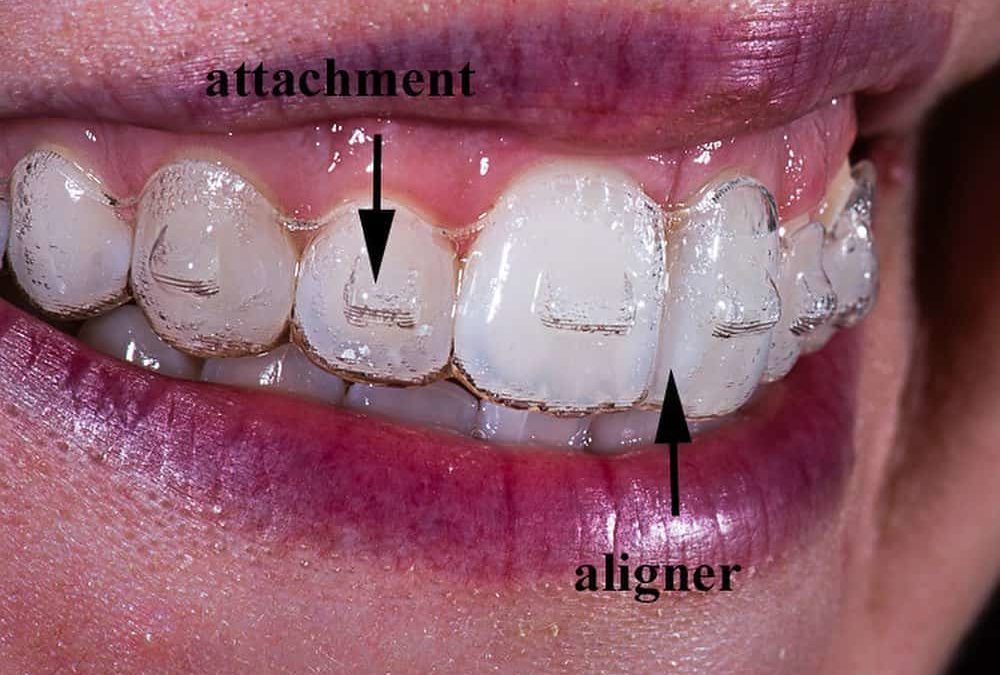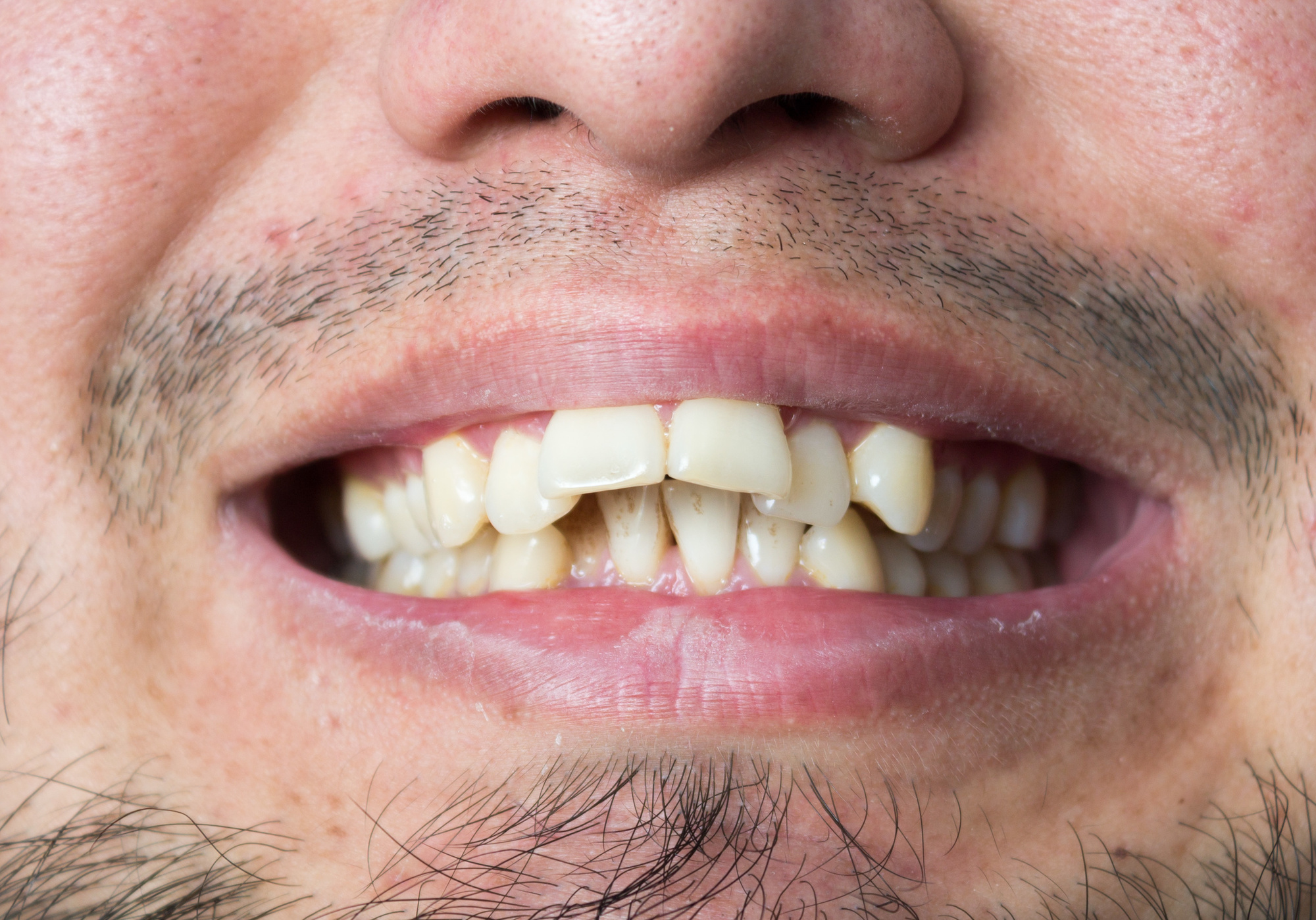Frequently Asked Questions Regarding Invisalign: Everything You Need to Know
Invisalign vs. Conventional Dental braces: Which Choice Is Right for You?
When thinking about orthodontic therapy, the choice in between Invisalign and conventional dental braces presents a number of essential variables that warrant cautious analysis. Invisalign offers a very discreet choice with removable aligners, while conventional braces give an extra noticeable yet effective remedy for extreme misalignment. Each option incorporates distinctive benefits and drawbacks connected to aesthetic appeals, convenience, therapy duration, and expense. Comprehending these subtleties is important for making an informed choice that straightens with your personal preferences and way of living. The concern stays: which choice will best meet your orthodontic needs and assumptions?
Introduction of Therapy Choices

On the other hand, traditional braces contain steel brackets and wires that are bonded to the teeth. This approach uses continuous pressure gradually to achieve positioning. While efficient for intricate orthodontic issues, standard dental braces require routine check outs for changes and can pose challenges in preserving dental health as a result of the trouble of cleaning around brackets and wires.
Both options have their advantages, and the choice frequently depends upon details dental conditions, way of living choices, and patient compliance. Ultimately, seeking advice from an orthodontic specialist is crucial for identifying the most suitable treatment plan customized to specific demands. Recognizing the subtleties of each alternative can dramatically affect the total success of orthodontic treatment.
Visual Factors To Consider
A substantial factor affecting the selection in between Invisalign and typical dental braces is the visual charm each treatment offers. Invisalign aligners are crafted from clear plastic, making them virtually unseen when put on.
On the other hand, standard braces include steel brackets and wires, which can be more recognizable. While advancements in orthodontic innovation have caused the development of smaller braces and colored elastics, standard braces still preserve an even more conspicuous account. For some individuals, the exposure of dental braces may hinder them from seeking needed therapy.
Eventually, the selection in between Invisalign and traditional braces might rest on individual choices pertaining to aesthetic appeals. People that prioritize discretion usually favor Invisalign, while those that are much less worried about exposure might go with conventional dental braces. Recognizing the visual implications of each choice is critical for making an informed decision that lines up with one's way of life and choices.
Convenience and Convenience

In regards to ease, Invisalign aligners are detachable, making it possible for patients to enjoy their favored foods without constraint and keep optimum dental health. Cleaning and flossing are streamlined, as the aligners can be taken out throughout these routines, whereas traditional dental braces require cautious navigating around braces and wires.
In addition, Invisalign's dynamic system enables less orthodontic visits. Patients generally receive several sets of aligners at the same time, which can simplify the treatment process and lower time invested in the orthodontist's chair. On the other hand, traditional braces demand normal modifications, making them much less practical for those with busy schedules. Invisalign. Overall, the comfort and convenience of Invisalign make like this it an enticing option for several people seeking orthodontic treatment.
Treatment Period and Effectiveness
While both Invisalign and standard braces work in correcting oral imbalances, the duration of therapy can differ dramatically between both options. Generally, Invisalign treatment can take anywhere from 12 to 18 months, depending upon the complexity of the situation. The clear aligners work by slowly changing teeth into their wanted placements, and routine follow-ups with an orthodontist aid guarantee development remains on track.
In comparison, typical dental braces typically call for a longer dedication, usually ranging from 18 months to three years. This results from their set nature and the use of brackets and cords, which can be much more reliable for serious imbalances and intricate cases (Invisalign). The treatment effectiveness of traditional braces is well-documented, as they allow for home specific modifications and better control over tooth activity
Ultimately, the option in between Invisalign and traditional dental braces may rest on both the expected treatment duration and the details dental issues at hand. Consulting with an orthodontist is vital, as they can provide tailored recommendations based upon private requirements, making sure the selected approach lines up with preferred durations and results.
Expense Comparison and Insurance Coverage Choices
Expense plays a considerable function in the decision-making procedure for people taking into consideration orthodontic therapy, whether selecting Invisalign or standard dental braces. Typically, the expense of Invisalign ranges from $3,000 to $8,000, while traditional dental braces typically cost between $2,000 and $6,000. Variables affecting these prices include the intricacy of the case, the period of treatment, and geographical area.
Insurance protection can dramatically affect out-of-pocket costs. Several dental insurance coverage plans offer partial insurance coverage for orthodontic therapies, yet the specifics can vary widely. It is vital for people to assess their insurance coverage to figure out the level of protection for either option. Typically, typical braces may be extra frequently covered by insurance coverage strategies contrasted to Invisalign, which some insurance providers classify as an aesthetic treatment.
In addition, several orthodontic practices provide versatile repayment plans, making both therapy choices a lot more obtainable. Patients should ask about potential financing options go right here and discounts for in advance settlements. Assessing the overall expense, including insurance advantages and repayment plans, is crucial for making an educated choice that straightens with both visual preferences and budget considerations.

Final Thought
In recap, the selection between Invisalign and typical dental braces hinges on numerous aspects, consisting of aesthetic choices, convenience, treatment duration, and expense. Invisalign offers a discreet, removable choice that helps with dental health and nutritional flexibility, while conventional braces might be preferable for complicated oral issues and often come with a reduced price factor. Inevitably, appointment with an orthodontist is important to assess specific conditions and identify the most ideal treatment option for attaining ideal oral positioning.
When considering orthodontic therapy, the choice in between Invisalign and conventional dental braces provides several crucial elements that warrant careful analysis.Comparing Invisalign and typical braces discloses distinct therapy options for orthodontic improvement.While both Invisalign and conventional dental braces are efficient in correcting dental misalignments, the period of treatment can vary considerably in between the two alternatives.Expense plays a significant function in the decision-making procedure for individuals taking into consideration orthodontic treatment, whether choosing for Invisalign or typical braces.In recap, the selection between Invisalign and typical braces pivots on numerous elements, consisting of aesthetic choices, comfort, treatment period, and expense.